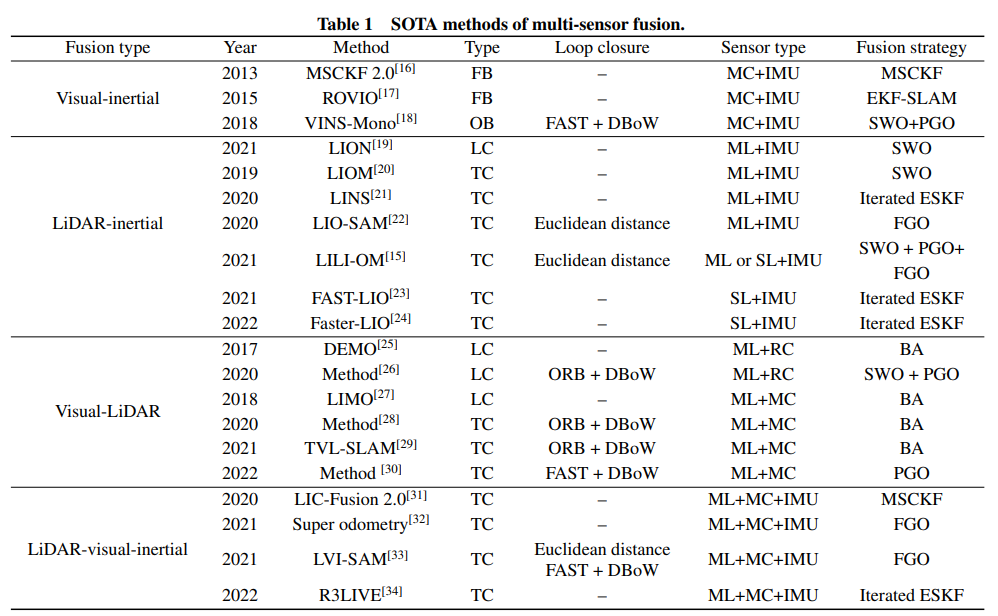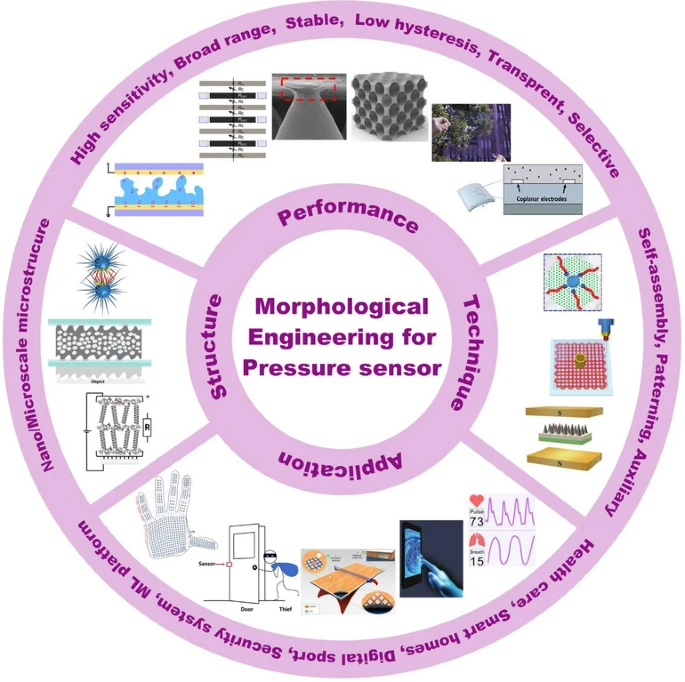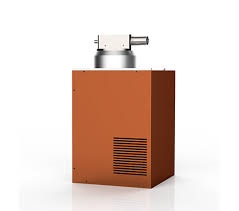Overview
Pyroelectric infrared sensors detect infrared radiation emitted by humans or certain animals and convert it into an electrical signal. They are high-sensitivity infrared detectors that can sense changes in the infrared energy radiated by a body without contact and output a voltage signal. After amplification, the voltage output can drive control circuits such as power switches and intrusion or fire alarms.
Historical background
The use of the pyroelectric effect to detect infrared radiation was proposed as early as 1938 but drew little attention. Research and application development of pyroelectric crystals accelerated in the 1960s alongside rapid advances in laser and infrared technologies.
Pyroelectric effect
When certain crystals are heated, equal and opposite charges appear at the crystal ends; this polarization change due to temperature variation is called the pyroelectric effect.
Usually, spontaneous polarization in a crystal produces bound charges that are neutralized by free electrons adhering to the crystal surface from the air, so the spontaneous polarization is not apparent. When temperature changes, the relative positions of positive and negative charge centers in the crystal shift, changing the spontaneous polarization. This causes charge depletion on the crystal surface proportional to the change in polarization.
Materials that exhibit the pyroelectric effect are called pyroelectrics or pyroelectric elements. Common materials include single crystals (LiTaO3, etc.), piezoelectric ceramics (PZT, etc.), and high-polymer thin films (PVFZ, etc.).
Sensor principle
Pyroelectric sensors are temperature-sensitive devices. They consist of ceramic oxide or piezoelectric crystal elements with electrodes on both faces. When the monitored area produces a temperature change ΔT, the pyroelectric effect generates a charge ΔQ on the electrodes, producing a small voltage ΔV across them. Because the sensor's output impedance is very high, a field-effect transistor (FET) is used inside the sensor for impedance conversion. The pyroelectrically generated charge ΔQ can be neutralized by ions in the air, so when ambient temperature is stable (ΔT = 0) the sensor has no output. When a person enters the detection area, the temperature difference produces ΔT and a corresponding output; if the person stays motionless, the temperature at the sensor stabilizes and the output disappears. Thus this sensor detects human or animal motion.
Sensor structure
A typical pyroelectric passive infrared (PIR) sensor has three terminals: D and S are the drain and source terminals of the internal FET, and G is the ground terminal of the sensitive element. Because S and G are isolated, an external load resistor R must be connected between them to obtain the output signal. To improve interference immunity, a capacitor C is often placed in parallel with this resistor. The sensor comprises a sensing element, an optical filter window, and a Fresnel lens.
The sensing element can be modeled as two thin pyroelectric plates, each with electrodes on the opposing faces. Each plate behaves like a small capacitor that self-polarizes, producing opposite polar charges at its terminals. The two capacitors are connected in opposite series, which provides inherent common-mode rejection and improves immunity to interference.
If no infrared signal is incident, the self-polarization of C1 and C2 creates equal and opposite charges that cancel, producing no net current and no output. When a person stands motionless in the detection area, the infrared energy on C1 and C2 is equal and balanced; the generated photocurrents cancel and there is still no output. Similarly, slowly changing ambient light such as sunlight or indoor lighting is outside the sensor's sensitive frequency band (typically 0.1 to 10 Hz) and the sensor is generally insensitive to such sources. Environmental temperature changes that affect both capacitors equally also cancel out and produce no output.
Only when a moving human causes different polarization charges on the two equivalent capacitors does the sensor output an electrical signal. Therefore, the sensor responds to motion, not to static presence, and has good rejection of visible light and most infrared sources that affect both elements equally.
Optical filter window and lens
The optical filter window is a thin glass coated with multilayer filter films that effectively pass infrared wavelengths in the 7.0 to 14 um range while blocking others. For example, an SCA02-1 window transmits about 70% at 7.5 to 14 um, drops to 65% at 6.5 um, and falls to 0.1% at 5.0 um, ensuring selectivity for human body radiation.
The relation between peak emission wavelength and absolute temperature approximately follows lambda_m x T = 2989 (um K). Human body temperature around 36 to 37.5 C (309 to 310.5 K) corresponds to peak emission wavelengths of about 9.64 to 9.67 um, which lies near the center of the filter window response (7 to 14 um). This allows body radiation to pass while minimizing interference from sunlight and visible light.
Fresnel lenses are made from polyethylene sheets, generally milky white or black and semi-transparent at visible wavelengths but transparent to infrared around 10 um. The lens is shaped as a hemisphere and divided horizontally into zones; each zone is further divided vertically into several lens elements. Each lens element has a small field of view. Adjacent elements form alternating visible and blind zones so that a moving person produces alternating shadow and light zones on the sensor, causing continuous temperature changes at the sensor surface and producing an output signal.
Working principle and characteristics of passive pyroelectric PIR sensors
All objects above absolute zero emit infrared radiation; the wavelength distribution depends on temperature. Human body temperature is relatively constant (around 37 C) and emits infrared near 10 um. A passive infrared detector senses this radiation: the Fresnel lens focuses the infrared onto the pyroelectric element, which loses charge balance when exposed to changing infrared radiation and releases charge. After signal processing, this generates an alarm or control signal. Passive PIR detectors typically contain two pyroelectric elements arranged so that background radiation affects them equally and their pyroelectric responses cancel, yielding no output unless a localized moving source is present.
Advantages and disadvantages
Advantages:
- The sensor is passive and emits no radiation, enabling covert operation;
- Low power consumption;
- Low cost.
Disadvantages:
- Signal amplitude is small and can be affected by thermal or optical noise;
- PIR has limited penetration; body radiation can be blocked and thus not reach the detector;
- Susceptible to radio-frequency interference;
- Sensitivity decreases when ambient temperature approaches body temperature and may cause temporary malfunctions;
- PIR detectors are better at detecting lateral motion than motion directly toward or away from the sensor.
Applications
Pyroelectric crystals are used in infrared spectrometers, infrared remote sensing, thermal radiation detectors, and more. Beyond corridor automatic lighting and intrusion alarms, applications include energy-saving air conditioners and water dispensers that shut off when a room is unoccupied, TV circuits that switch off when no viewer is present, monitors or doorbells that activate when someone approaches, and cameras that automatically record animal or human activity.
Automatic doors
Passive pyroelectric infrared switches are widely used in automatic doors because of their stable and reliable long-term performance. Such switches typically consist of a pyroelectric infrared sensor, signal processing circuitry, control and actuator circuitry, and a power supply. The optical system, pyroelectric detector, signal filtering and amplification, and control logic work together: the Fresnel lens focuses body radiation onto the pyroelectric element and creates alternating sensitive and blind zones; the sensor converts the infrared signal into an electrical signal; signal processing amplifies, filters, delays, and compares the weak sensor output to implement the required functions.
Occupancy sensing lights
Pyroelectric sensors are commonly used in occupancy sensing lights to detect human movement and control lighting accordingly.
Smart air conditioners
Smart air conditioners can detect whether a room is occupied and whether occupants are stationary or active, using this information to control power, heating or cooling capacity, and setpoint to improve energy efficiency and comfort.
 ALLPCB
ALLPCB







